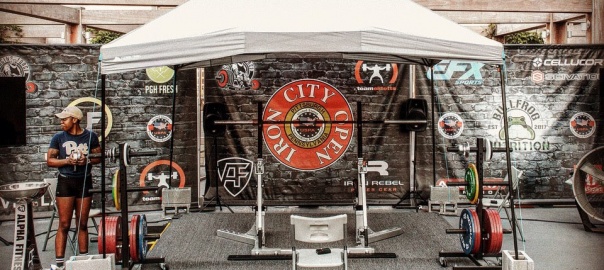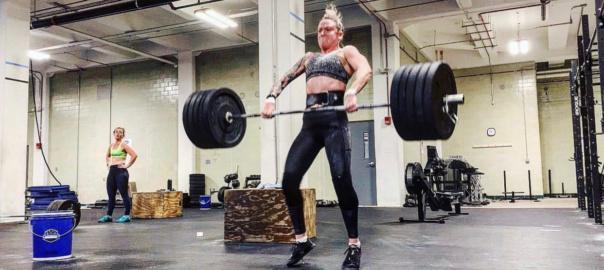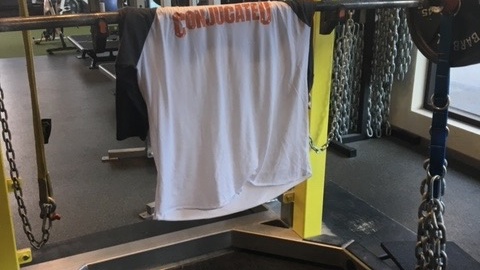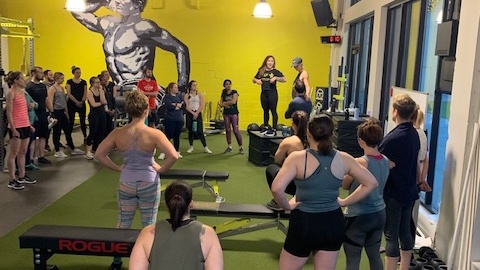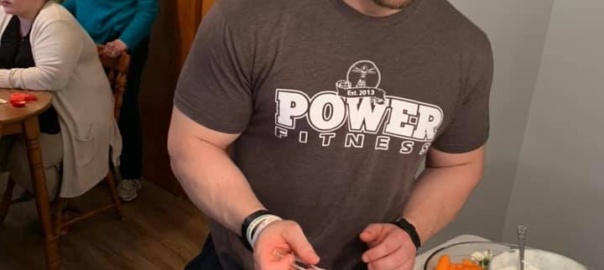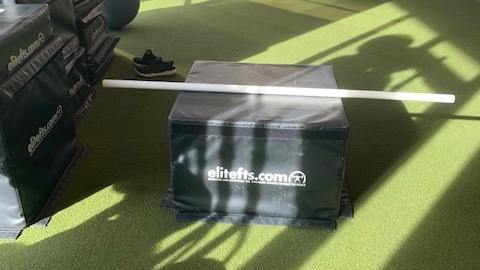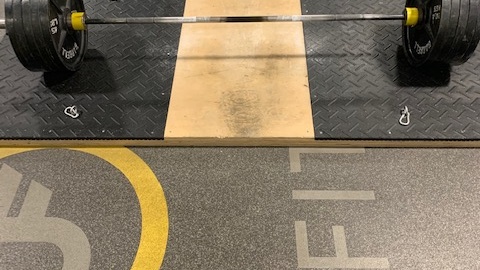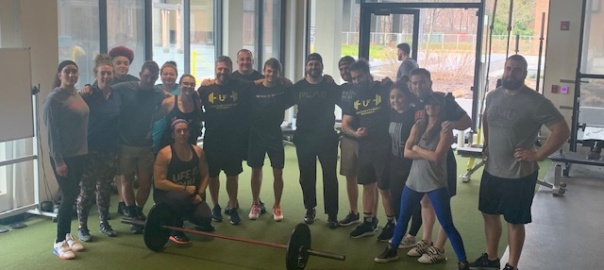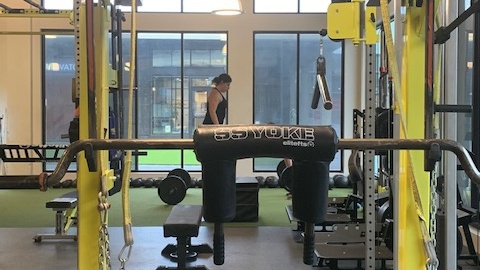There are few topics that are filled with as much controversy, confusion, and dogma as nutrition. It shouldn’t be a surprise though considering how much we’ve gotten wrong. In the beginning of the 20th century, the theories of relativity and quantum mechanics were discovered, marking two of the greatest breakthroughs in theoretical physics since Newton’s Laws. 20 years after quantum mechanics was being developed, Ancel Keys launched his Seven Countries study which linked the incidence of heart disease to fat consumption. This research was the basis of the dietary recommendations for the United States for decades, and we still feel the effects of this research today.
The problem is, Ancel fudged his research. He left out countries that have high fat consumption and low incidence of heart disease, and countries that have low fat consumption and high incidence of heart disease. The question is, why is research so far behind in nutrition while fields like physics are speculating and studying string theory and multiple universe theory?
For most people, physics doesn’t play a huge role in their lives. Nutrition however, is near and dear to all of us. People want to be healthy, fit, and have increased longevity. For these reasons, it’s easy to make a profit. All you have to do is cherry-pick your research, have a product and a promise, and you’re off to the races. The government and big corporations also have skin in the game. Is it easier to turn a profit promoting steak or corn? Corn is cheap. Steak is not. Feeding 320 million people is nothing to shrug at, either. All of these factors have made the waters of nutrition very murky.
To me, it’s easier to follow a few simple heuristics, or rules, to guide you on your nutrition journey. Reductionistic science can tell you the functions of insulin and its relationship with the ingestion of different macronutrients, but it will do very little to give you a big picture of what to do. In our day-to-day life, sound science has to give birth to solid strategies. Here are a few strategies that you may find useful.
1- Eat Real Food- This is the pillar of sound nutrition and I stole it from Michael Pollan (Hamer is a giant fanboy of his). Pollan said, “Eat food, not too much, mostly plants.” Pollan is referring to eating naturally occurring foods, not eating too much at any one time, and making sure vegetables and fruits are the base of your diet. The further you get from nature, the closer you get to disease. Meats, dairy, nuts, seeds, vegetables, and fruits should make up the majority of your diet.
2- Eat Most of Your Food Around the Most Active Part of Your Day- When your alarm goes off, are you wide awake, crazy hungry, and ready to conquer the world? Or are you like me…it seems like it takes you hours to get the wheels turning, food is the last thing on your mind, and your brain is begging for coffee? These are clues that give us insight into when our Basal Metabolic Rate (BMR) and therefore, also our Non-Exercise Activity Thermogenesis (NEAT) are highest. These two components of metabolism contribute up to 80% of our Total Daily Energy Expenditure (TDEE). If you’re a go-getter in the morning, you may want to shift most of your consumption toward the morning and early afternoon. If you’re slow to get going, you may want to shift toward the early afternoon and evening. Trouble shooting this way allows you to be aware of your natural circadian rhythm which is heavily reinforced with nutrient timing.
3- Prioritize Protein- The word protein is derived from the Greek word, “Protos”, which means first. It was clear when protein was discovered that it was of utmost importance. Other factors being equal, diets with sufficient or even high amounts of protein are superior in retaining or increasing lean body mass, decreasing fat mass, and increasing satiety. 1.4g of protein per 1kg of bodyweight seems to be the minimum for active individuals. A median value of 2.2g/kg for those in a slight deficit or those looking to maximize hypertrophy. For those in a heavy deficit looking for body recomposition, 3g/kg may be the upper limit. Most of your protein should come from whole food sources to sustain nitrogen balance and retain lean body mass.
4- Experiment with Carbohydrates, Fill in with Fats- Strohle (2011) had a fantastic study looking at carbohydrate consumption of paleolithic people according to their position of lines of latitude on the Earth. It makes sense that the further you get from the equator, the less time and resources you would have to farm or rummage for roots, etc. Here’s the catch. According to his calculations, the upper limit of carbohydrate consumption for any of these paleolithic people was 35% of their diet. For a person with a 2,000 calorie diet, that’s 175g of carbohydrates. This leads you to believe that ingesting 500g of carbs (unless you’re running an ultramarathon) is probably not the best idea, and is certainly not sustainable. The idea is, based on your ethnicity, you may have a natural predisposition to oxidize carbohydrates or to oxidize fats. Experiment with anything from <30g to 250g (for those with high daily outputs) and fill the rest in with fats.
5- Good Stuff Happens When You Eat…Good Stuff Happens When You Don’t Eat- Because of our diurnal sleep pattern, fasting has been a part of human life for thousands of years (up until recently). We are pretty bad at hunting and gathering at night, unlike some other species, so our time for finding food is relegated to the daylight hours. This has caused some interesting adaptations. When in a fasted state, although it is stressful, our body makes the most of the limited resources it has. Recycling old cells and organelles, up-regulating certain hormones and enzymes, down-regulating others, increasing sensitivity to pretty much everything, and becoming more efficient in general. The point is, if you are eating 8 meals over the course of 16-20 hours of the day, you’re missing out on half the equation. I’m not saying you have to restrict your feeding to 6 hours a day, but splitting it down the middle at 12 hours of feeding and 12 hours of fasting is a good start. You don’t have to stuff your face from the moment you wake up to the middle of the night.
6- Most of What You Eat, You Should Like- This may run contrary to what you might believe, but finding things that fit into these heuristics that you also like is key to sustaining eating habits. I loosely suggest Pareto’s distribution of 80/20 (80% of the time, eat things that fit these rules, 20% of the time, you can go off script). You like broccoli but not carrots? Don’t eat the carrots. Eat the broccoli. You like steak but not chicken? Don’t eat the chicken. In the same vein, if you hated split squats, but they were in your program all the time, you would probably lose interest after a while. Find options that fit Pollan’s suggestion of “real food” and go hog wild.
The last thing to consider to pull all this together is recognizing two types of strategies. There are planned strategies (figuring out macros, your TDEE, etc.), and there are emergent strategies (hunger, increased training/working, etc.). Most will plan out their nutrition and stick to it like a zealot. This doesn’t allow for our day-to-day fluctuations in activity, stress, and sleep. That’s where emergent information has to be considered. If you’re on a diet, and you’re painfully hungry all the time, that is a piece of emergent information. If your motivation to do anything plummets, that is a piece of emergent information. The need to be aware of both external feedback (protein requirements for the day) and internal feedback (hunger, mood, motivation) has to be balanced in a way that allows you to be more fluid in your decision making.
And if it makes you feel any better, I hate rules.
